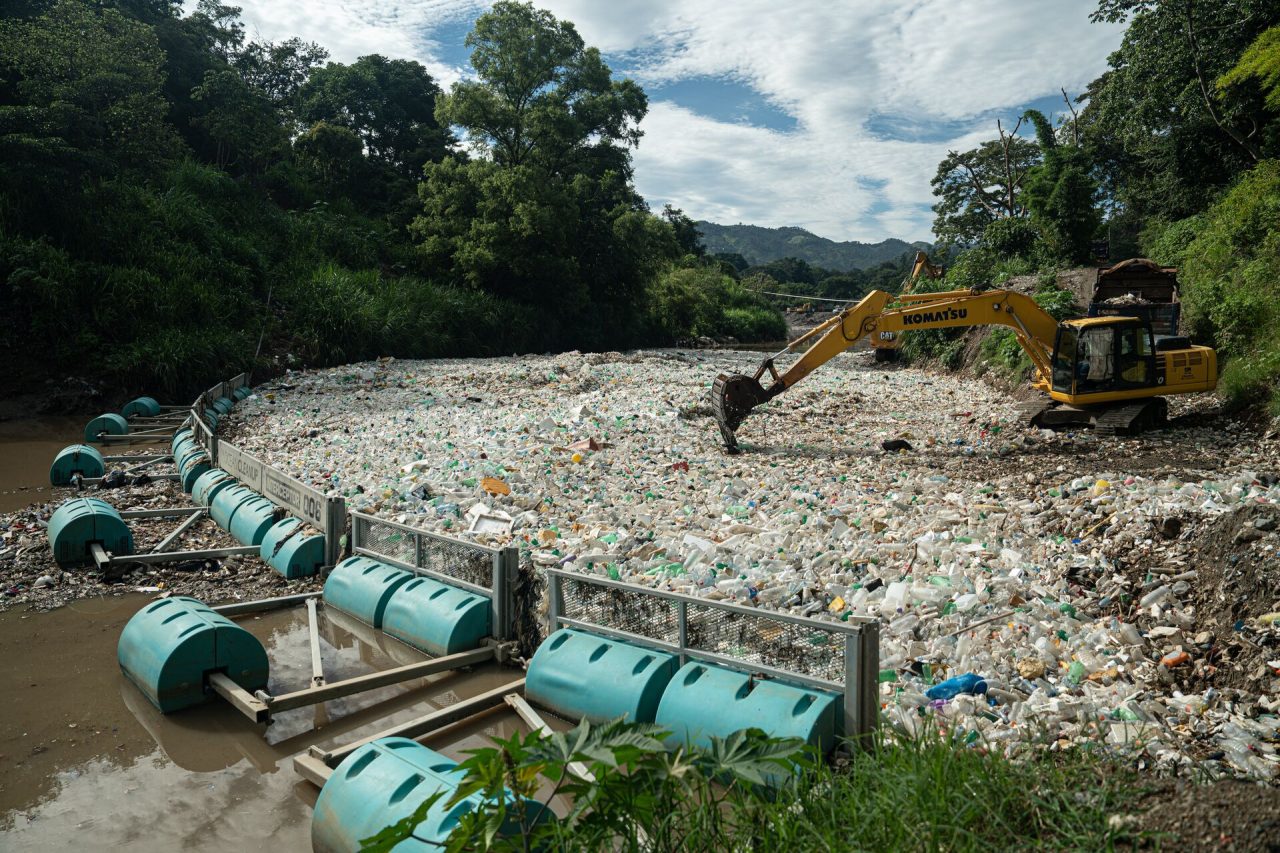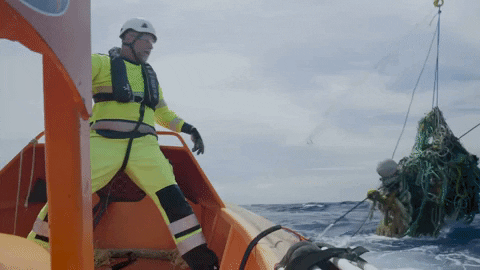Evaluating the environmental impact of cleaning the North Pacific Garbage Patch
May 2025, Article in a Peer-Reviewed Journal
Scientific Reports
Abstract
Cleanup of existing plastic pollution is crucial to mitigate its impact on marine ecosystems, but such efforts must ensure benefits outweigh potential environmental damage caused by the cleanup. Here, we present an impact assessment framework and apply it to evaluate whether cleaning the North Pacific Garbage Patch (NPGP) benefits marine life and carbon cycling, using The Ocean Cleanup as a case study. Our findings indicate that marine life is more vulnerable to plastic pollution than to macroplastic cleanup, with average vulnerability scores (1 = low, 3 = high) of 2.3 for macroplastics, 1.9 for microplastics, and 1.8 for cleanup, suggesting a net positive impact. An 80% cleanup could reduce macroplastic concentrations to within reported safe levels for marine mammals and sea turtles. Estimated cleanup-related carbon emissions [0.4–2.9 million metric tons (Mt) in total] are significantly lower than potential long-term microplastics impacts on ocean carbon sequestration (15–30 Mt C per year). However, uncertainties remain regarding effects on air-sea carbon exchange. Our framework serves as a critical tool for assessing trade-offs between plastic pollution and remediation impacts. It demonstrates the environmental net benefits of the proposed NPGP cleanup and can be adapted to similarly evaluate other remediation plans.

